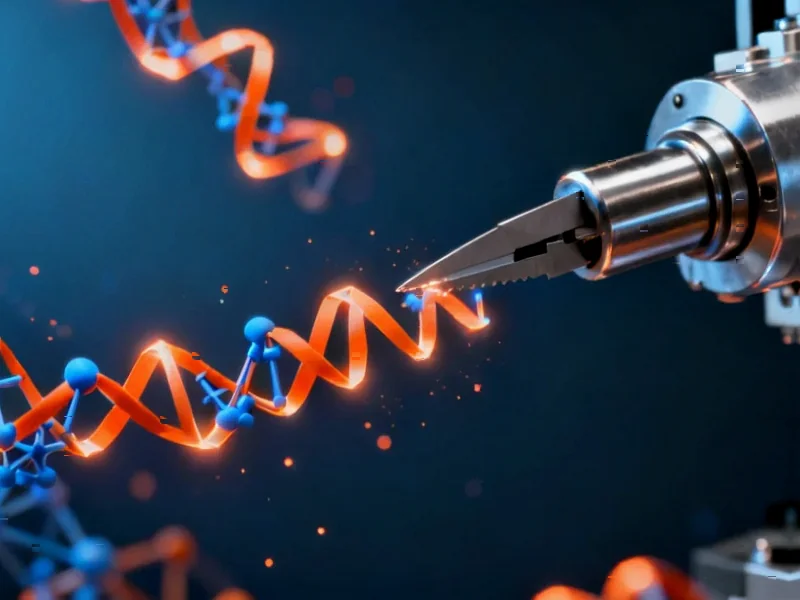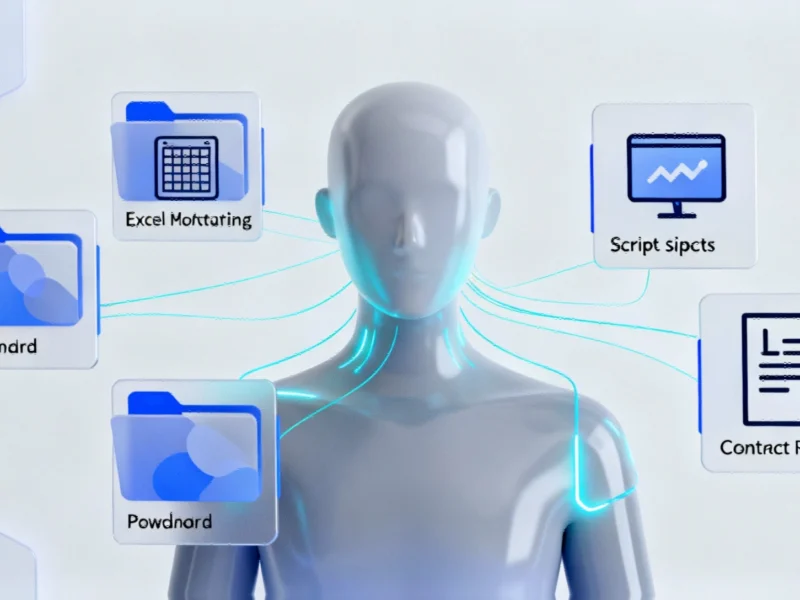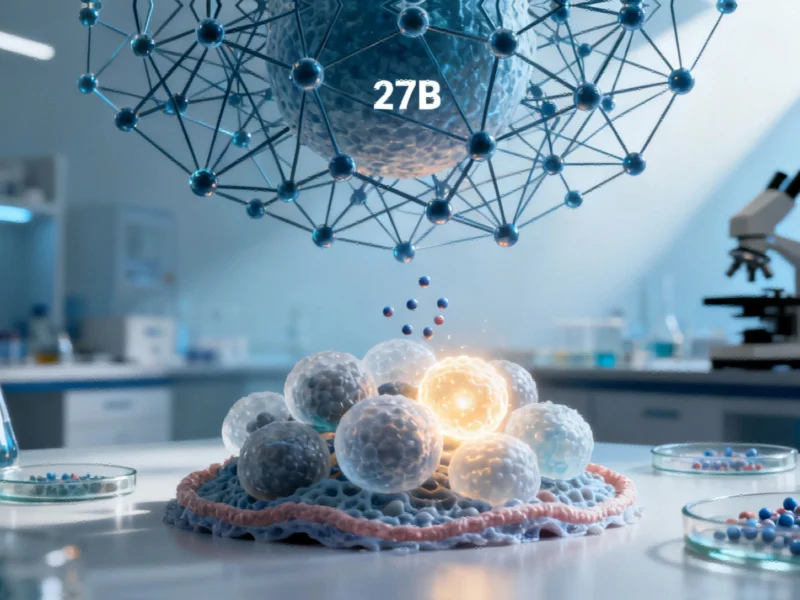Neural Networks Mirror Biological Intelligence
Recent studies in cognitive computational neuroscience indicate that deep neural networks are developing representations that increasingly align with human brain activity, according to reports in Nature Machine Intelligence. Over the past decade, these computational models have transformed research at the intersection of cognitive science, computational neuroscience, and artificial intelligence, with sources suggesting they achieve unprecedented predictive accuracy compared to traditional modeling approaches.
Table of Contents
Language Models Capture Neural Responses
Researchers report that large language models specifically show remarkable alignment with brain activity during cognitive tasks. In one study, analysts found that LLM embeddings captured neural responses during natural scene perception, enabling accurate reconstruction of scene captions and outperforming alternative models. The research, conducted using intracranial electroencephalography recordings from patients undergoing neurosurgery, reportedly demonstrates that as LLMs improve on benchmark tasks, their representations become more brain-aligned and begin to mirror the hierarchical processing strategies of human language comprehension.
Multimodal Models Develop Human-Like Concepts
Additional findings suggest that both standard and multimodal LLMs develop object concept representations that are interpretable, semantically structured, and aligned with human cognition. According to the reports, these models appear to capture aspects of information processing that parallel human neural processes across multiple domains. One particularly intriguing observation noted by researchers is that models with substantially different architectures all seem to converge toward similar alignment with brain representations, suggesting possible universal principles underlying intelligent information processing.
Implications for Understanding Intelligence
The growing body of evidence indicates that deep learning models may be capturing fundamental aspects of biological intelligence, analysts suggest. This alignment between artificial and biological neural representations provides new opportunities for understanding human cognition while simultaneously validating the biological relevance of artificial intelligence architectures. Researchers note that the correlation between model performance and brain alignment appears to strengthen as models become more capable, potentially pointing toward shared computational principles between artificial and biological intelligence systems.
As the field continues to evolve, scientists suggest these findings could help bridge the gap between artificial and biological intelligence while providing new tools for studying the human brain. The research collectively indicates that neural networks, despite their artificial nature, may be converging on representations that reflect fundamental aspects of how biological systems process information.
Related Articles You May Find Interesting
- Breakthrough Membrane Technology Extends Lifespan of Zinc-Iodine Flow Batteries
- Warner Bros Discovery Weighs Strategic Options Amid Takeover Interest
- IBM-Groq Alliance Accelerates Enterprise AI with Breakthrough Inference Technolo
- Bank of England Sounds Alarm on Private Credit Market Vulnerabilities Following
- GM Revises Financial Strategy Amid Tariff Relief and EV Market Shifts
References & Further Reading
This article draws from multiple authoritative sources. For more information, please consult:
- http://en.wikipedia.org/wiki/Computational_neuroscience
- http://en.wikipedia.org/wiki/Perception
- http://en.wikipedia.org/wiki/Brain
- http://en.wikipedia.org/wiki/Computational_model
- http://en.wikipedia.org/wiki/Deep_learning
This article aggregates information from publicly available sources. All trademarks and copyrights belong to their respective owners.
Note: Featured image is for illustrative purposes only and does not represent any specific product, service, or entity mentioned in this article.



